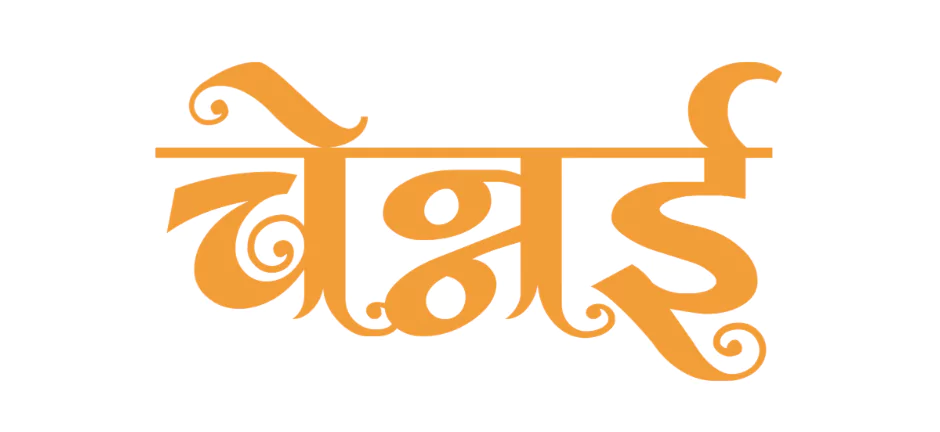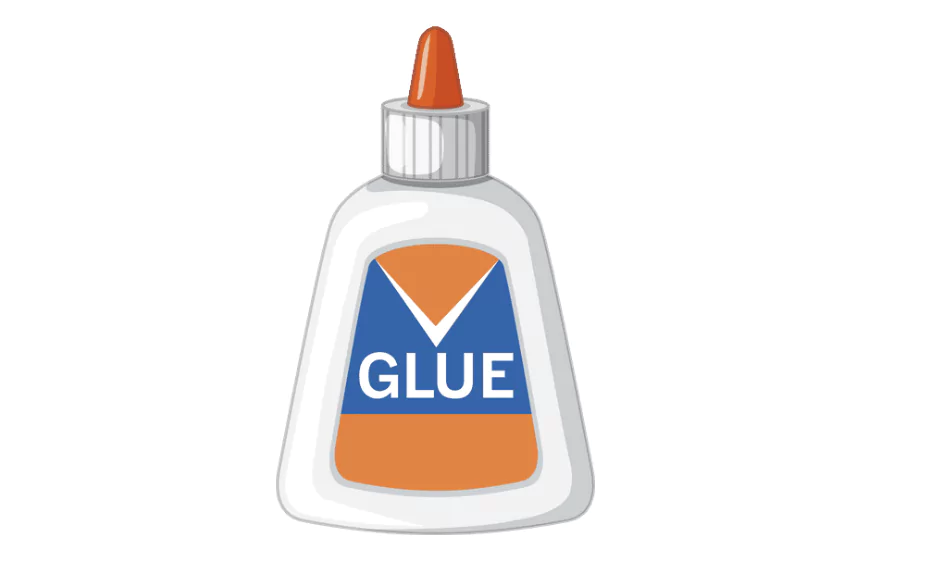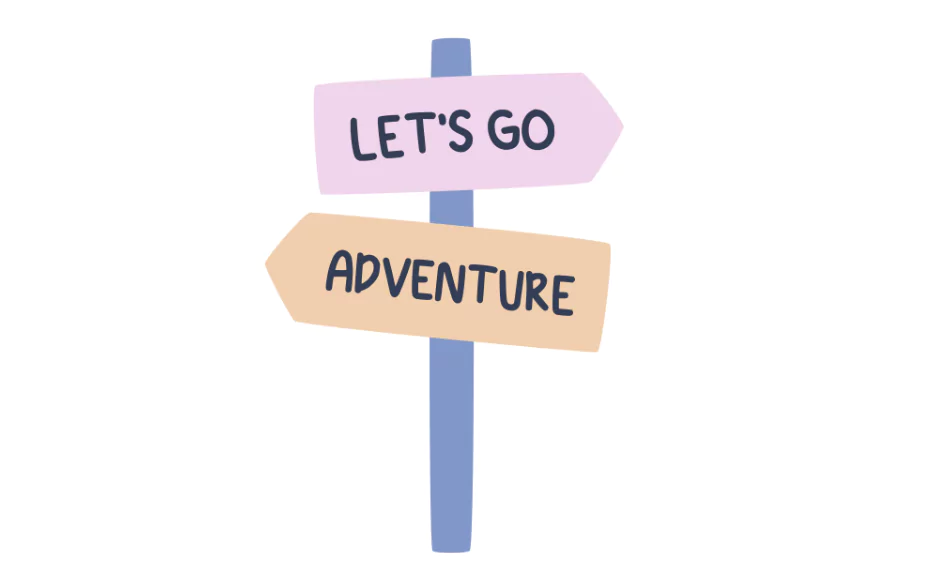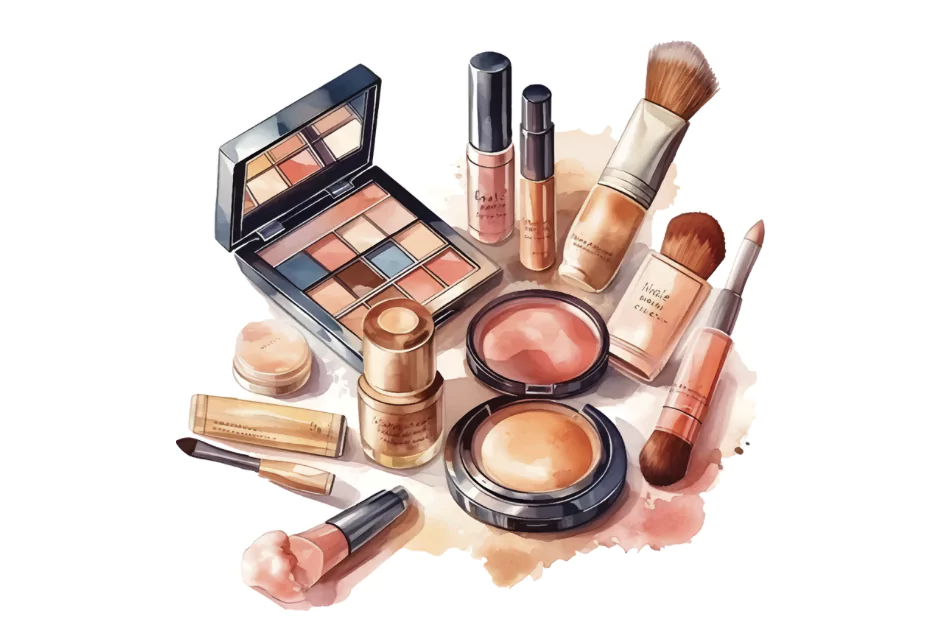Product placement is a part of marketing, it is more like a marketing strategy where people place their products in the media to get noticed by a larger number of people or audience. It helps them gain popularity and increases the reach of the product.
This blog will cover all the details about product placement including its definition, how it works, examples, and everything that you might want to know about the placement of a product to gain an audience and increase engagement.
Definition of Product Placement
Product placement is a marketing strategy where branded goods and services are placed into media to promote them and to reach a larger audience. Nowadays, we often see many popular celebrities in advertisements drinking some popular soda or using a particular phone brand, that is not a coincidence, it is a well planned marketing strategy to take popular people with a huge fan base in the advertisements to get a large audience.
People usually ignore the old boring advertisements therefore the brands decided to opt for product placement strategy in which they make popular people the face of their brand and attract customers.
What is Product Placement?
Product Placement is a strategy used by brands and companies to promote their products. It is basically a marketing strategy in which brands advertise their products and services through a bigger platform. It includes promoting goods and services through movies, tv shows, web series, social media etc. This helps brands reach a large audience which would not be possible just by traditional advertising.
Product Placement is done in such a way that it feels natural and looks like it is a part of the story. It does not look like an advertisement, instead it smoothly gets blended with the storyline of the movie, tv show, or web series, wherever you’re placing your product.
Have a look at some of the key characteristics of Product Placement:
- The product is clearly visible or mentioned.
- The product smoothly blends with the storyline.
- It does not feel like an advertisement.
- The brand pays for the promotion of their products (advertising).
Read More: What Does a Product Marketing Manager Do? 2025 Career Guide
What are the Types of Product Placement?
There are majorly four types of product placement strategies that brands and companies use to advertise their goods and services without making it look like an actual advertisement. The best part about product placement is that even advertising feels natural in this. The four different ways to integrate your product without making it look extra are:
1. Visual Placement
Visual Placement is when the product is more visible on the screen, it is clearly shown. If a character is holding a Pepsi can, it is an example of visual placement.
2. Verbal Placement
Verbal Placement is when the character uses the name of the product, or mentions the name of the brand in between the dialogues. For example, a person is saying: Let’s order from Domino’s tonight.
3. Usage Placement
Usage Placement is when the product is shown by using it. This helps to attract the audience. For example: a character driving a Jaguar car.
4. Virtual/Digital Placement
After the production part is complete, virtual or digital placement can be done. It is mostly used in web series or tv re-runs. In this type of placement, brands are added digitally later.
How does Product Placement work?
Product Placement is a process that involves a collaboration between owners of the products (brands) and content creators (directors or producers). They collaborate under certain terms and conditions with a contract that the directors/producers will include the product in their movie/tv show/ web series and the brand will pay them.
You can check out how the full process of product placement looks like below:
Step 1: Brand Strategy Planning
The first step by the brand is to decide what message they want to give to the audience and what kind of product they wish to promote. After finalising these two things, the brand has to decide which category platform or genre is suitable to promote their product (comedy, horror, action etc.)
Read More: What is a Product Recall? Quality Recall Process
Step 2: Collaboration with Directors or Producers
The brand then reaches out to desired directors and producers to discuss the terms and conditions for getting its product placed in their shows, movies etc.
Step 3: Script Generation
The most important step is the script generation. The script should be in such a way that it smoothly blends with the storyline and the product advertising does not feel or look extra.
Step 4: Execution and Filming
After everything is discussed with the director, producer and the script is finalised, now the execution and the filming part begins. The product is shown naturally used by the character. Sometimes it is also advertised by just verbally mentioning its name.
Step 5: Final Release
The last step in this process is to finally release the content and get millions of views and attract a large audience.
How to identify Product Placement?
There are multiple ways by which you can identify whether product placement strategy is used in any particular show or movie. Some of the ways to identify it are listed below, you can check them out.
- The brand logo is clearly visible, nothing is blurred.
- The character talks actively and positively about a particular brand or product.
- The product is used even when it is not highly necessary according to the plot or scene.
- The product is shown or used multiple times (more than once or twice).
Examples of Product Placement
Some of the common and most famous examples of product placement are listed for your reference and easy understanding, check them out to clarify any doubts you have regarding the product placement marketing strategy.
Mountain Dew – Chennai Express (2013)

Chennai Express is a popular bollywood movie which was released in 2013, it included a scene where Shah Rukh Khan (lead actor in the movie) was using a Mountain Dew bottle and even the tagline of Mountain Dew was also spoken by Shah Rukh Khan in one of his dialogues.
Fevicol – Dabangg (2010)

In the movie Dabaan, there was a popular song named “Fevicol se” which highly advertised the adhesive Fevicol. Now this is an example of verbal placement because in this song Fevicol wasn’t just shown but the name was taken multiple times.
MakeMyTrip – Band Baaja Baraat (2010)

In the movie Band Baaja Baraat, MakeMyTrip acts as a travel booking partner. This helped MMT to reach an audience who might not even had an idea of what MMT (MakeMyTrip) is back then. This made people believe that MMT is a trusted service for destination planning, especially for destination weddings.
Sugar Cosmetics – Four More Shots Please!

Four more shots please is an ott web series which showcases the use of products from sugar cosmetics. It is a series based on the life of four girls and thus the products from sugar cosmetics blend naturally with the storyline, without making it look like an advertisement.
Read More: Product Vision: How To Define Yours In 4 Steps?
Advantages of Product Placement
Some of the common advantages of product placement are:
- It gives you high reach, by helping to reach a wider audience.
- It is long term, a 30 second ad does not go on forever but if you are advertising in a movie or web series, it can live forever through replays, telecast etc.
- It feels more authentic and natural as compared to an actual advertisement
- Brands have a fair chance to choose where they want to advertise and place the product.
Disadvantages of Product Placement
Some of the common disadvantages of product placement are:
- The brand does not have full control once the product is placed.
- If the product placement is too common then people might not even notice the product.
- Product placement in high-industry movies or shows can be very costly.
- There is always a risk as the scene should not look unauthentic or forced.
Some Tips for Brands thinking for Product Placement
If you are looking forward to getting your product placed to gain and reach a wider audience, make sure you follow the below tips to avoid any last minute chaos and risks. Many people make some common mistakes which you should avoid. Always make things clear with the directors and producers from the beginning only.
- You must always choose the correct type of content (movie, tv show, web series) and the right genre (action, comedy, thriller etc.) that matches correctly with your product.
- You should make sure that you never over do anything, the advertisement and the placement of the product must look natural.
- Try to collaborate early with the directors and producers.
- Always discuss the payment part and other terms and terms with the collaborators in the initial phase, do not wait for the last minute. Be professional.
Also Read:
- Product Analytics 101: Definition, Metrics & Tools
- Product Delivery: The Ultimate Guide
- What Is a Product Specialist? Types, Roles, Skills
- What Is an AI Product Manager? Venn Diagram, Roles, & Manifestos
Learn Product Management with PW Skills
Become an expert in Product management skills with the power of Generative AI in our Product Management Course. Get complete in-depth training based on agile methodologies and conduct market analysis, strategic planning, and more to design and maintain a high valued product in the market.
Build your PRD from the scratch and work on a capstone project to strengthen your portfolio. Prepare for your interview with guidance from dedicated mentors who will also help you in resume building with dedicated sessions. Get industry recognised certifications and discover a wide range of opportunities in Product management only at pwskills.com
Product Placement FAQs
Q1. Is the process of product placement free?
Ans: The process of product placement is mostly paid but some small creators also do it in exchange for goods or products by the brands (barter).
Q2. Is it legal to use product placement in movies?
Ans: Yes it is legal to use product placement in movies but maintaining transparency by both (brands and content creators) is necessary.
Q3. What is the difference between product placement and sponsorship?
Ans: Product placement is an indirect way to promote your product whereas sponsorship is a more direct way.
Q4. Can small businesses or startups do product placements?
Ans: Yes, small businesses or startups can start by collaborating with micro-level influencers to advertise or promote their goods or services.

